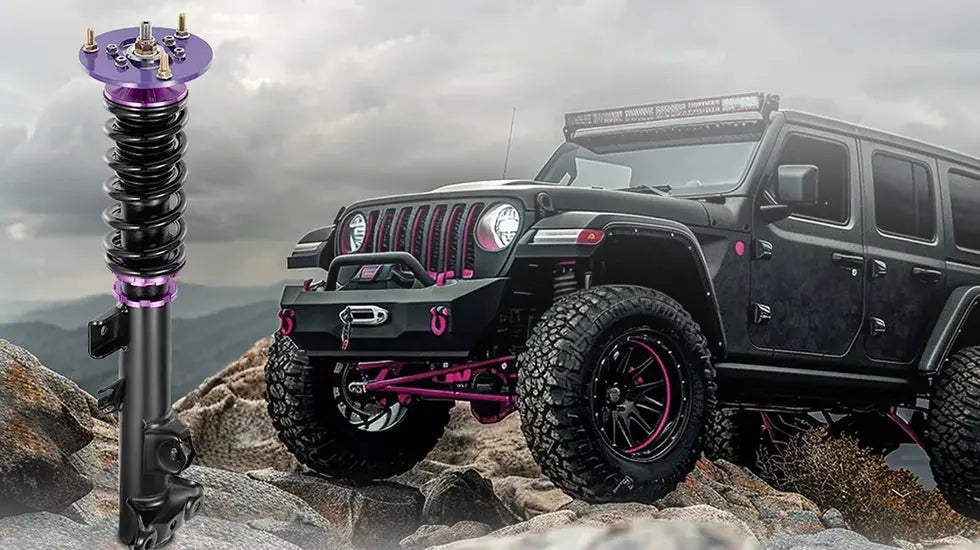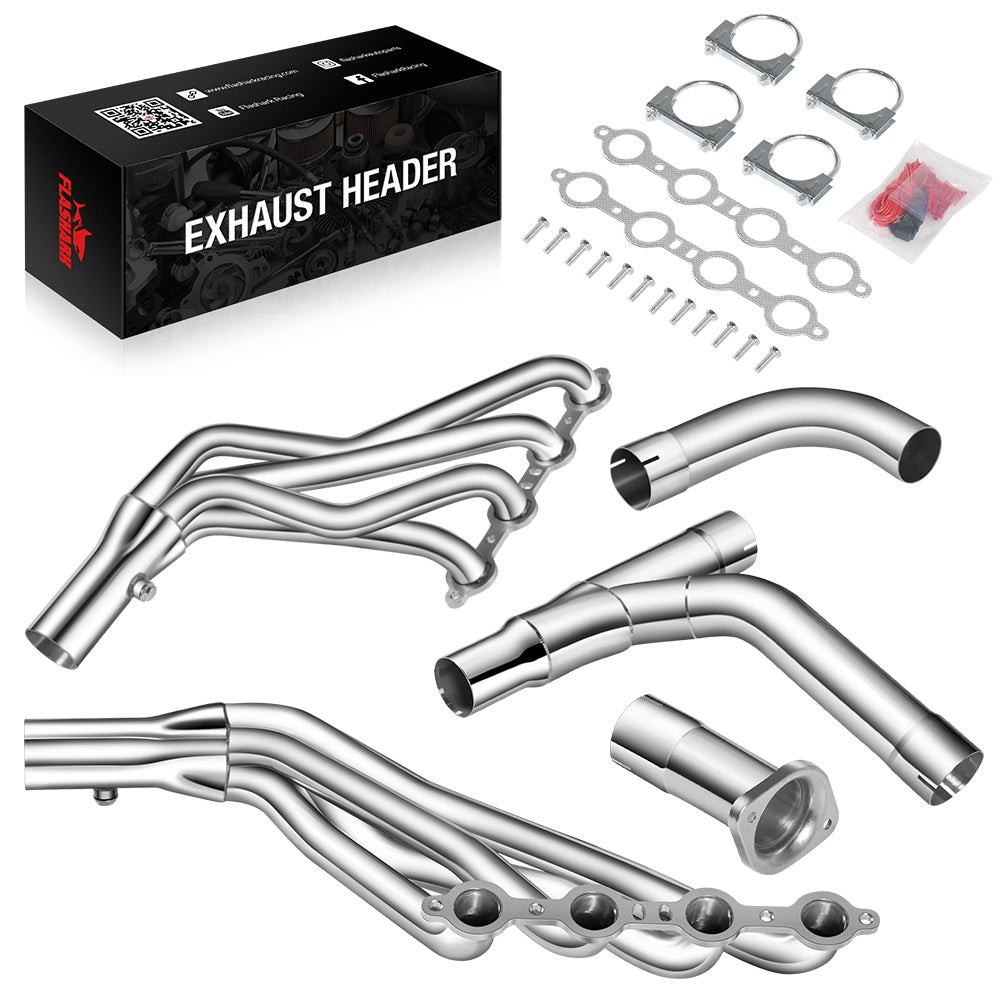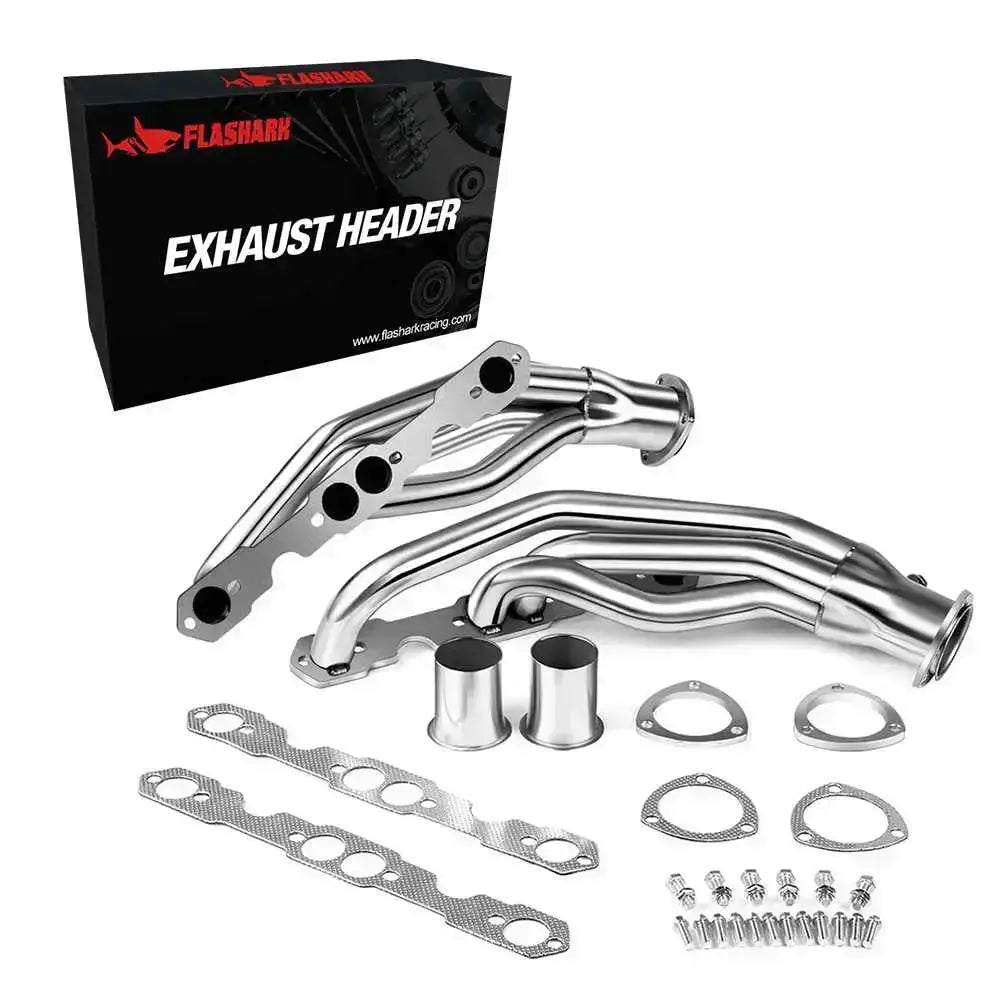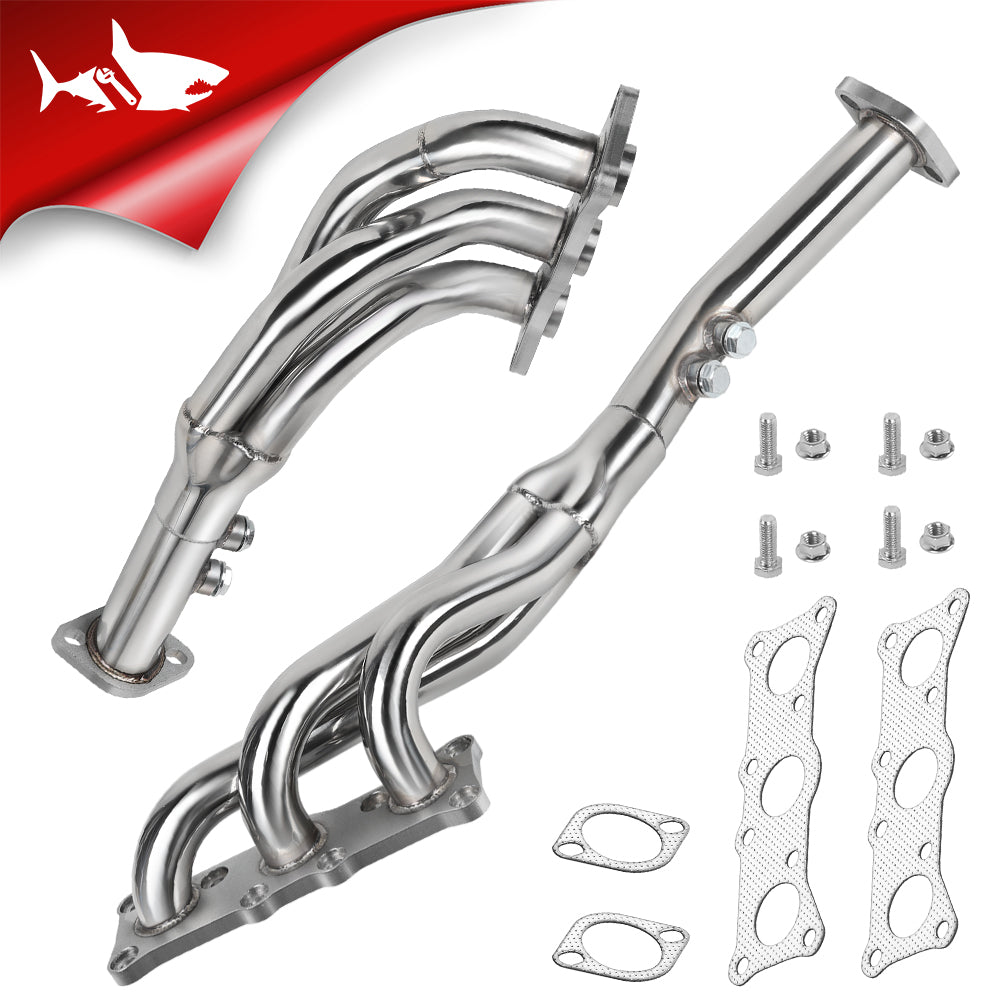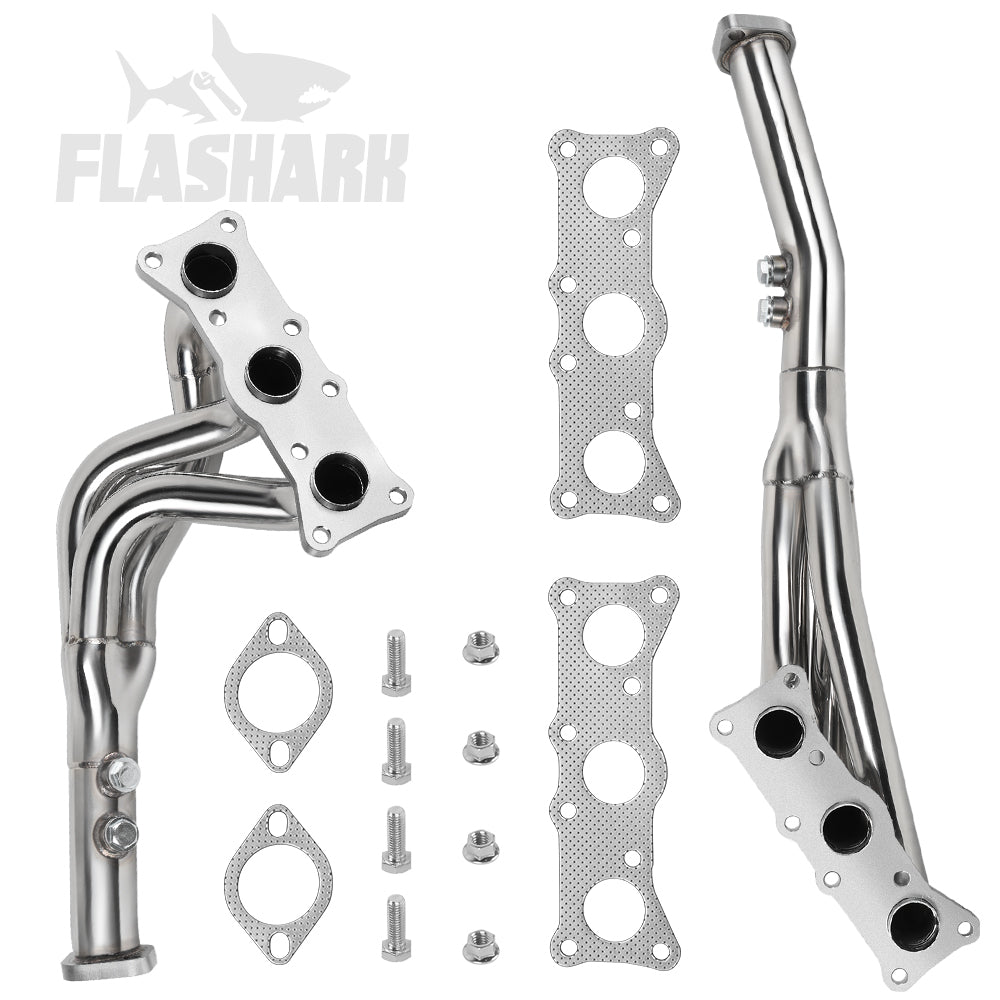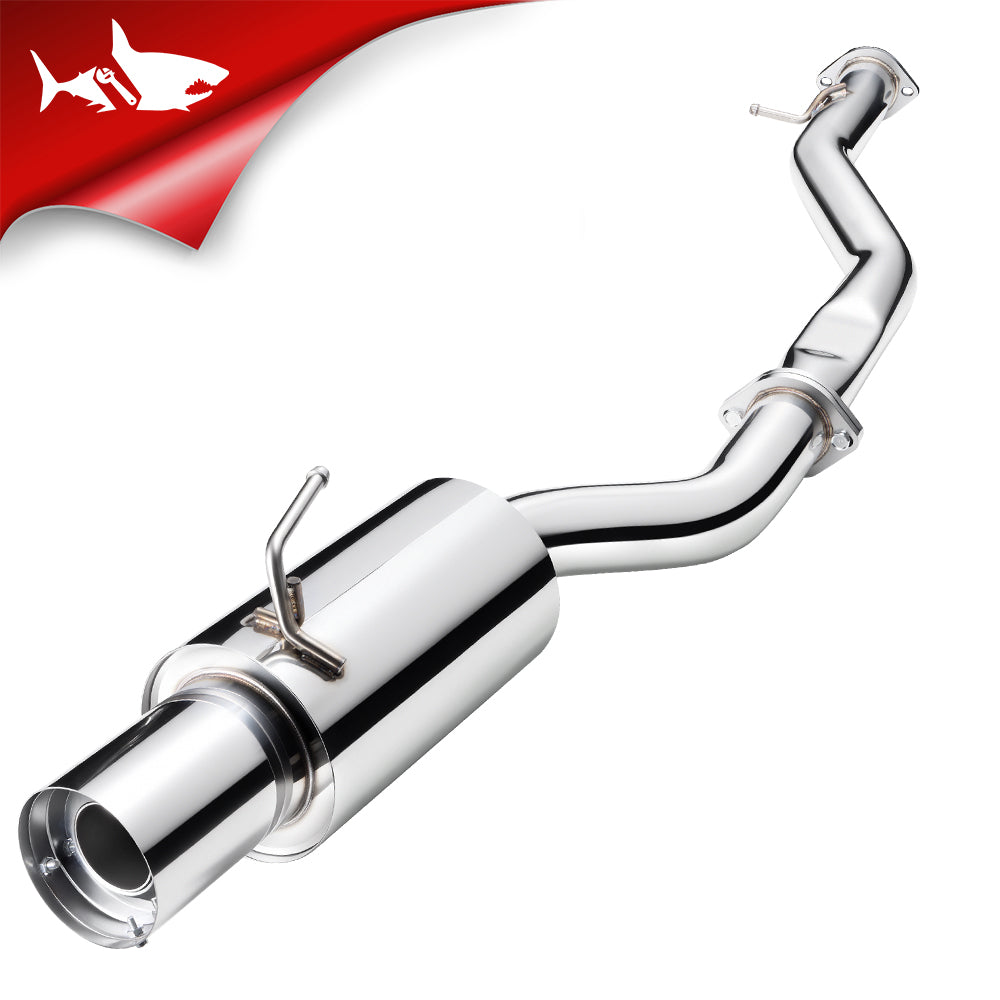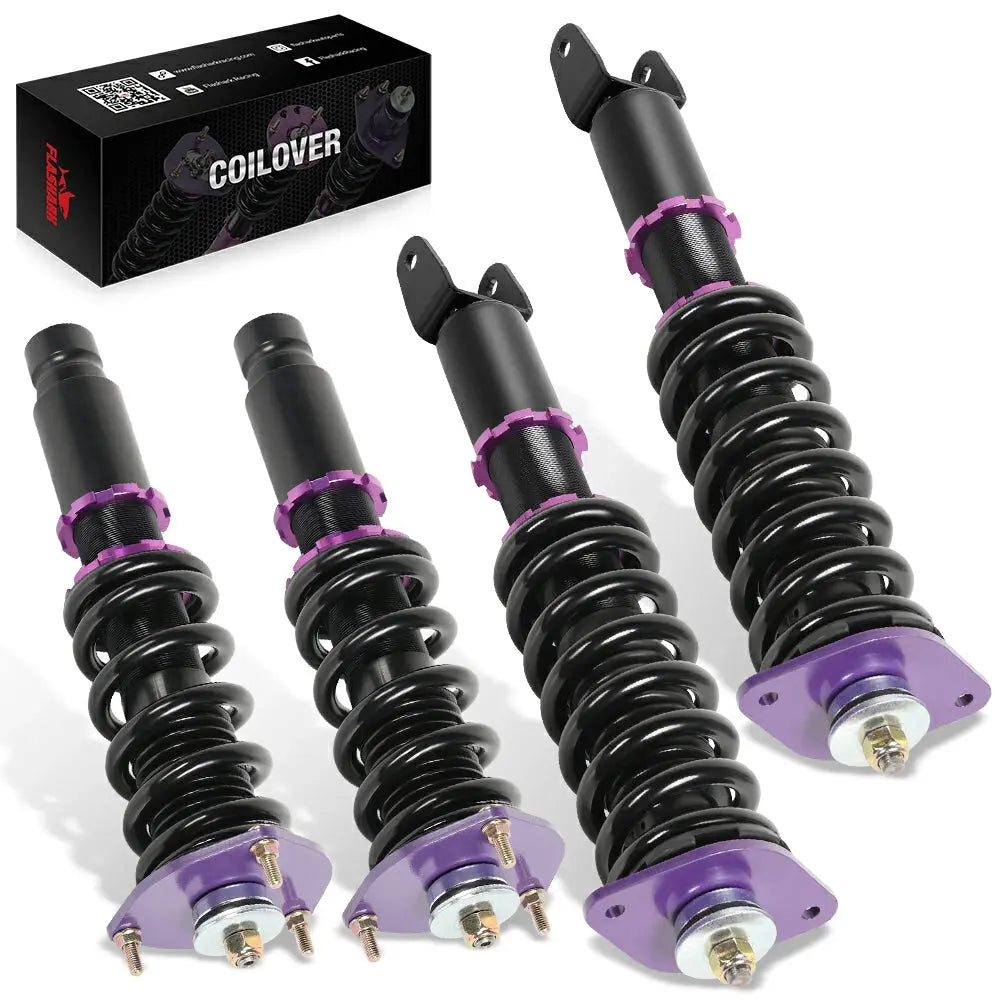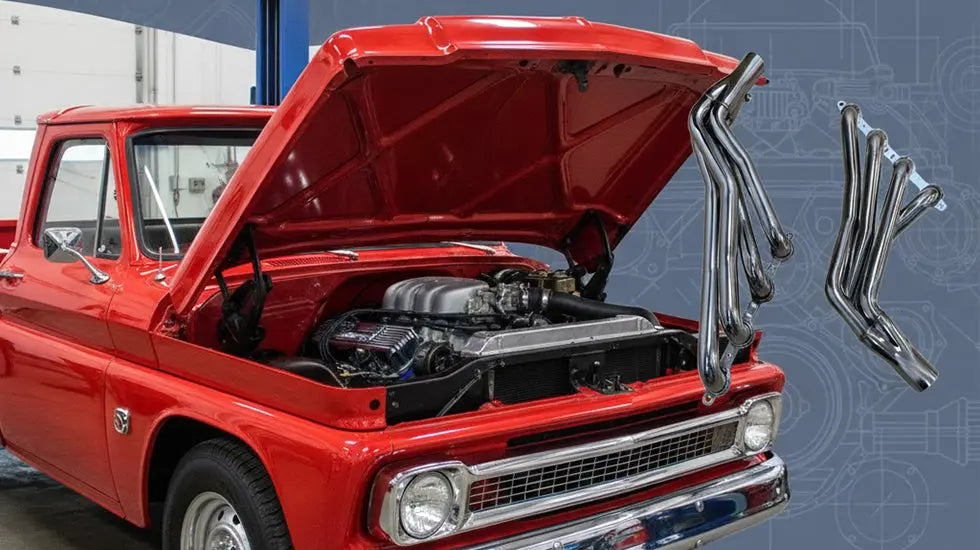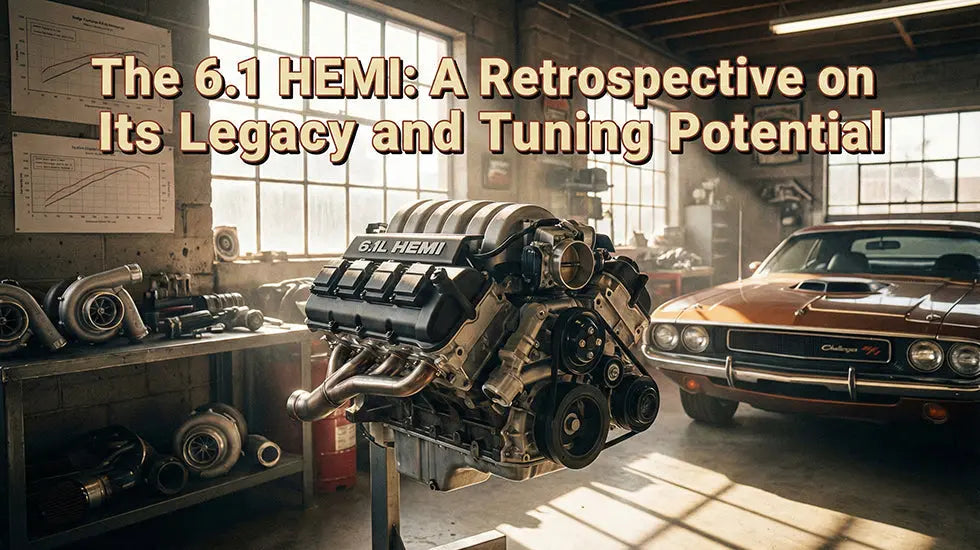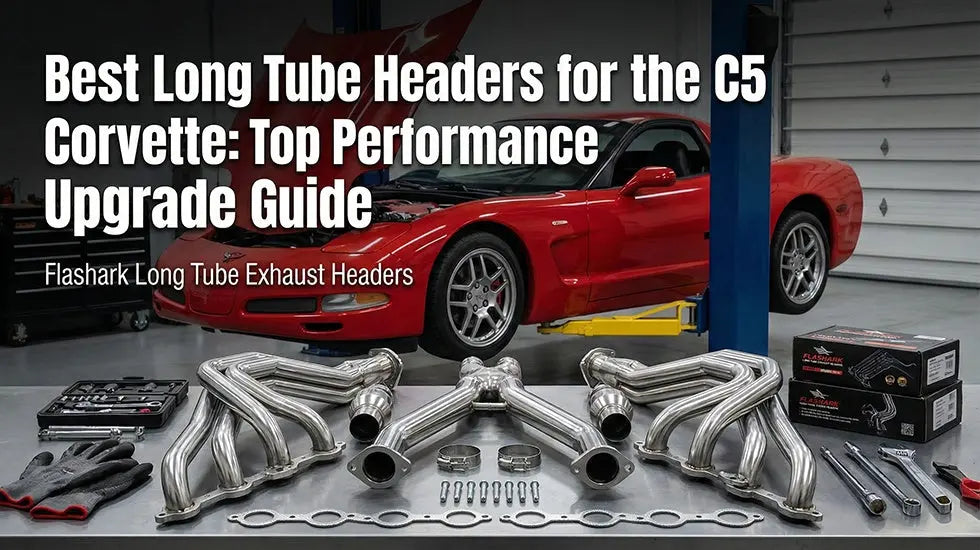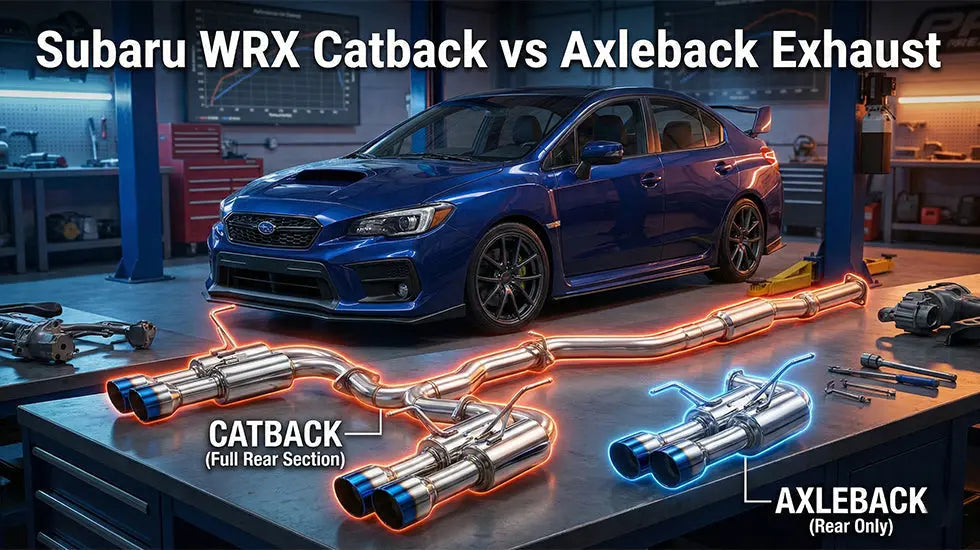When you're looking to modify your BMW's suspension, especially if you're considering swapping coilovers from one model to another, it’s essential to understand the compatibility between the parts. If you've found yourself asking, "Will E36 coilovers fit E46?", "Do E36 and E46 use the same coilovers?", or "Will E46 coilovers fit E36?", you're likely exploring ways to upgrade your suspension without spending too much on new parts. This article will answer those questions, break down the differences between the E36 and E46 suspension systems, and help you determine if swapping coilovers is a viable option.
Introduction to E36 and E46 Suspension Systems
To understand whether E36 coilovers can fit on an E46 or E46 coilovers can fit on an E36, we first need to look at the suspension designs in these two models. Although both vehicles are part of BMW’s 3 Series lineup, their suspension systems differ significantly, especially when it comes to the rear setup.
Overview of the E36 Suspension Design
The BMW E36, produced from 1991 to 2000, is known for its classic suspension setup. The front suspension uses a MacPherson strut design, which is common in many cars. This setup offers good performance and is relatively simple, making it easy to work with for suspension swaps. On the rear, the E36 employs a trailing arm suspension, which, while effective, is less complex than the multi-link design used in later models like the E46.
This simpler design made the E36 a popular choice for tuning and modification, particularly among enthusiasts looking to upgrade or swap parts. While this makes the E36 more accessible for DIY projects, the rear suspension’s design becomes a critical factor when considering parts compatibility with the E46.
Overview of the E46 Suspension Design
The BMW E46, introduced in 1997, came with several improvements over the E36, particularly in the suspension department. The front suspension remains similar to the E36, with the MacPherson strut setup, but the rear suspension was updated to a more advanced multi-link design.
The multi-link system offers better handling, ride comfort, and overall performance compared to the E36’s trailing arm system. While this is a significant upgrade for the E46, it also means that parts between the two models—especially the rear suspension—aren’t as easily interchangeable.
Coilover Compatibility Between E36 and E46
Can E36 Coilovers Fit on E46?
When it comes to swapping E36 coilovers onto an E46, the situation is more nuanced. The front suspension of both models shares similarities, so E36 coilovers have a much higher chance of fitting onto an E46, with a few caveats. Since both cars use the MacPherson strut design for the front, the main concern here is whether the mounting points, shock absorber lengths, and spring rates match the specifications of the E46.

For the front coilovers, the compatibility is fairly straightforward. As long as the coilovers are designed for non-M models of the E36 and E46, installation might be possible with little to no modification. The main issue users often face is ensuring that the coilovers offer the correct travel and adjustability for the E46, especially when it comes to ride height and handling balance.
However, when it comes to the rear suspension, the situation becomes much more complicated. The multi-link design of the E46’s rear is fundamentally different from the trailing arm setup found on the E36. This means that E36 rear coilovers are not directly compatible with the E46 rear suspension. If you’re set on using E36 coilovers on an E46, you may need to either find a custom rear suspension kit or modify the coilover mounts to fit the rear multi-link system of the E46.
Can E46 Coilovers Fit on E36?
On the flip side, if you're considering using E46 coilovers on your E36, the situation is quite similar but with additional challenges. While the front suspension on both vehicles is fairly similar, meaning the coilovers from an E46 might fit on the front of an E36 with slight adjustments, the rear suspension compatibility is where things get tricky.

The rear multi-link design of the E46 simply doesn’t match the E36’s trailing arm system. So, even if you manage to make E46 coilovers fit on the E36 front suspension, getting them to work on the rear will likely require custom mounting solutions, similar to the challenges faced when trying to fit E36 coilovers on an E46.
Key Differences in Suspension Between E36 and E46
Before jumping into a suspension swap, it’s important to understand the specific differences in suspension setups between the E36 and E46, especially regarding the rear suspension.
Front Suspension Differences
Both the E36 and E46 use a MacPherson strut system for the front suspension, which is one reason why coilovers from the E36 have a higher chance of fitting the E46. However, there are still subtle differences in shock length, mounting point configurations, and spring rates that could cause compatibility issues. If you're planning to swap coilovers, make sure to compare the exact measurements and adjustability ranges for both vehicles.
Rear Suspension Differences
The E46 multi-link rear suspension is far more sophisticated than the E36’s trailing arm setup. This change provides better handling, stability, and ride quality but makes parts from the E36 difficult to fit. The rear coilover for the E36 would need to be modified or replaced entirely, as the attachment points and geometry between the two systems are incompatible.
Benefits and Drawbacks of Using E36 and E46 Coilovers Across Models
Swapping E36 coilovers onto an E46 or using E46 coilovers on an E36 may seem like a cost-effective solution if you already own the parts. However, while there are some benefits, both approaches come with significant trade-offs.

Benefits:
-
Cost Savings: The most obvious benefit is the cost savings. If you already have coilovers from one model, you can potentially repurpose them, avoiding the need to purchase a new set of coilovers for the other model.
-
Front Suspension Compatibility: Both the E36 and E46 use a MacPherson strut design for the front suspension. This shared design means that the front coilovers from one model have a higher chance of fitting the other with minimal modifications. While the rear suspension systems differ significantly, the front coilovers from either vehicle are likely to work with some adjustments to shock lengths or spring rates.
Drawbacks:
-
Rear Suspension Incompatibility: The biggest downside to swapping coilovers between these two models lies in the rear suspension. The E36 uses a trailing arm rear suspension, while the E46 uses a more advanced multi-link design. This makes it nearly impossible to directly swap rear coilovers between the two models. Any attempt to fit E36 coilovers onto an E46 rear (or vice versa) would likely require custom modifications or even a full suspension rebuild.
-
Handling and Ride Quality Issues: Even if the front coilovers fit, using mismatched suspension systems can affect handling balance and ride quality. When coilovers are not specifically tuned to the car’s suspension geometry, you might experience a compromised driving experience. This is especially true if the rear suspension is affected by poor fitment, leading to issues with alignment, tire wear, and overall stability.
-
Potential for Alignment Problems: Improper fitment of coilovers—whether on the front or rear suspension—can affect suspension geometry. This could lead to alignment issues that, over time, may cause uneven tire wear, handling instability, and reduced overall safety.
Recommendations for Coilover Swaps Between E36 and E46
If you are an E36 owner wanting to use your coilovers on an E46, it’s recommended to focus on front suspension compatibility. Choose E36 coilovers that are known for their adjustability and flexibility, ensuring you can tune the ride height and damper settings to suit your E46.
For the rear suspension, a dedicated E46 rear coilover or a coilover kit designed for both E36 and E46 might be a better option, minimizing the need for custom work.
Why You Should Stick with Model-Specific Coilovers
While it might be tempting to save costs or reuse parts by swapping coilovers between the E36 and E46, it’s generally recommended to use coilovers specifically designed for each model. Using E36 coilovers on an E36 and E46 coilovers on an E46 ensures:
-
Proper Fitment: Coilovers designed for each model take into account the specific suspension geometry, spring rates, shock lengths, and mounting points.
-
Better Performance: When coilovers are properly matched to the car, they perform better in terms of ride quality, handling, and adjustability.
-
Safety: Proper fitment ensures that the suspension system works as intended, reducing the risk of alignment issues or suspension failure.
Alternative Suspension Options for E36 and E46
Coilovers aren't the only suspension upgrade option. Many enthusiasts opt for shocks and springs from other BMW models (like the E30 or E92) or choose adjustable dampers. Depending on your goals, such as track performance or street comfort, these alternatives can offer a good balance of performance and cost.
Conclusion: Is it Worth Fitting E36 Coilovers on an E46?
To wrap up, E36 coilovers can fit the E46 front suspension with some adjustments, but rear suspension fitment is more complicated due to the design differences. If you're set on using E36 coilovers, be prepared for modifications, especially for the rear. Alternatively, looking for coilovers designed specifically for the E46 may save you time, effort, and ensure a better fitment overall.
Recommendation: Stick with model-specific coilovers for the E36 and E46 to ensure optimal performance, safety, and ease of installation.

